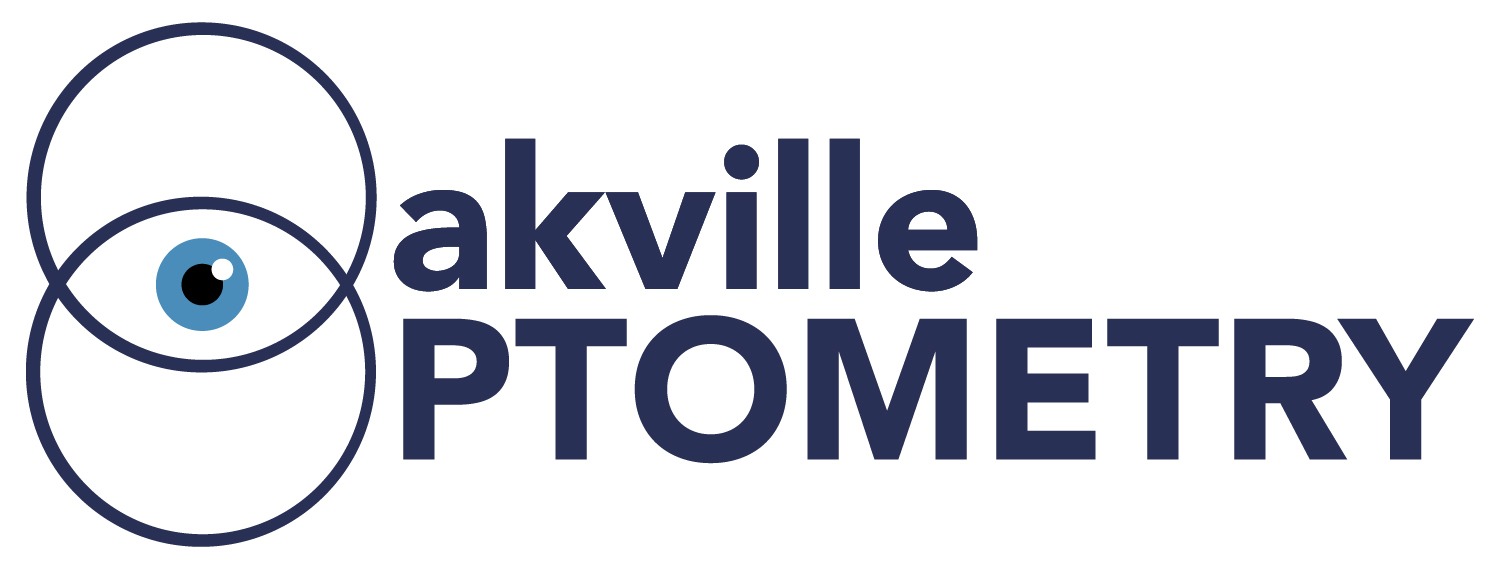What is dry eye syndrome?
Dry eye syndrome (Keratoconjunctivitis Sicca) is the result of an inflammatory process affecting both the lacrimal gland (the gland that produces tears) and the surface of the eye. As a result, people who suffer from dry eye syndrome have either reduced tear production or excessive tear drainage. This causes discomfort and can damage the surface of the eye. Symptoms may include dryness, stinging, burning, itching, scratchiness, excessive tearing, blurry vision, and sensitivity to light.
Citing U.S. figures, more than 10 million people in the U.S.A. suffer from moderate to severe dry eye syndrome, and an estimated 15 to 20 million have a milder form of the condition. Nearly 5 million people are unable to wear contact lenses because of dry eye.
Who is at risk?
Dry eye can affect men and women of any age. At particular risk are those who:
- Wear contact lenses
- Are computer users
- Are pregnant
- Are on specific types of medication
- Are post menopausal
- Have suffered external eye diseases
- Have Sjogren’s syndrome
- Have had PRK or LASIK
- Have Scleroderma
What can you do about dry eye?
There is no known “cure” for dry eye. However, in most cases, dry eye can be treated with an artificial tear solution or, in more severe cases, by blocking the puncta. Whatever the treatment mode chosen, effective treatment of dry eye must either replace, enhance or retain natural tears.
To replace natural tears, an artificial tear solution can be effective. Artificial tears are available with and without preservatives. Preservative-free artificial tears are recommended for people who can’t tolerate preservatives or who must use these solutions many times per day.
If artificial tears are needed on more than an occasional basis, the type of preservative used is an important consideration. Many artificial tear solutions contain benzalkonium chloride (BAC), a preservative that with frequent use can actually damage the epithelium and lead to further problems.
To enhance natural tears, a more advanced artificial tear is required. Such solutions would include artificial tears with formulations containing zinc and bicarbonate, substances that can actually contribute to the growth and maintenance of healthy mucin, tear film, and epithelium. Often, overnight protection is needed. In these cases a more viscous preparation should be used, one that is designed to provide long-lasting protection and lubrication.
To retain natural tears, it is necessary to suppress the loss of tears by blocking the punctum (the natural drain for tears). This is done with the insertion of punctal plugs that actually block the opening of the punctum.
Plugs made for smooth insertion, comfortable wear and virtual invisibility are the most popular. In more severe cases, patients may need to be treated with eyelid inserts, tear duct plugs, protective glasses, bandage contact lenses or surgical procedures.
